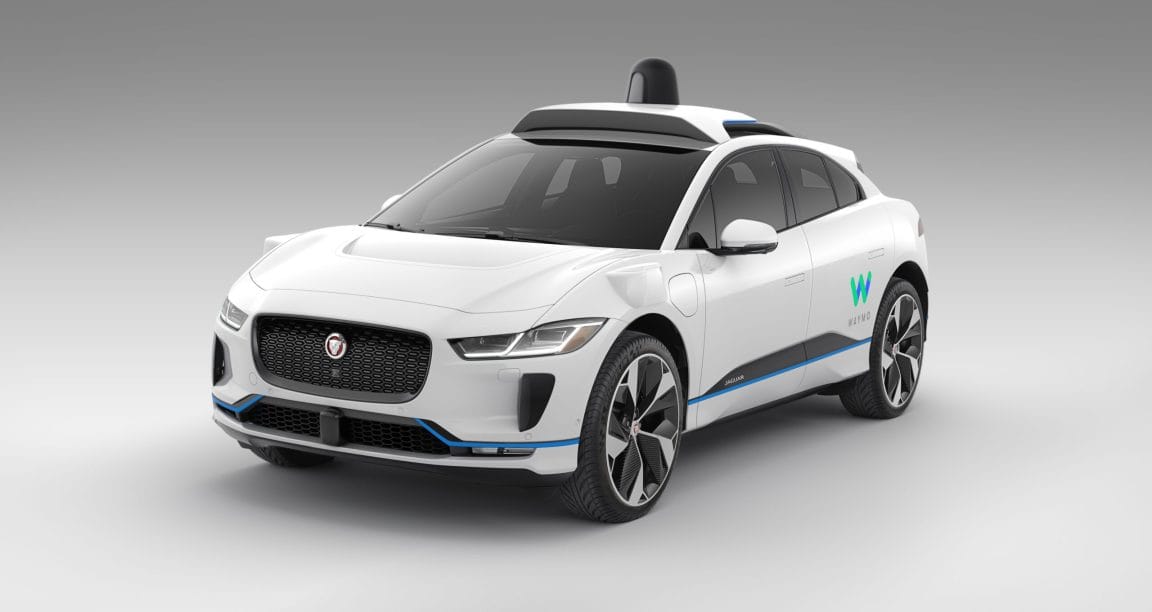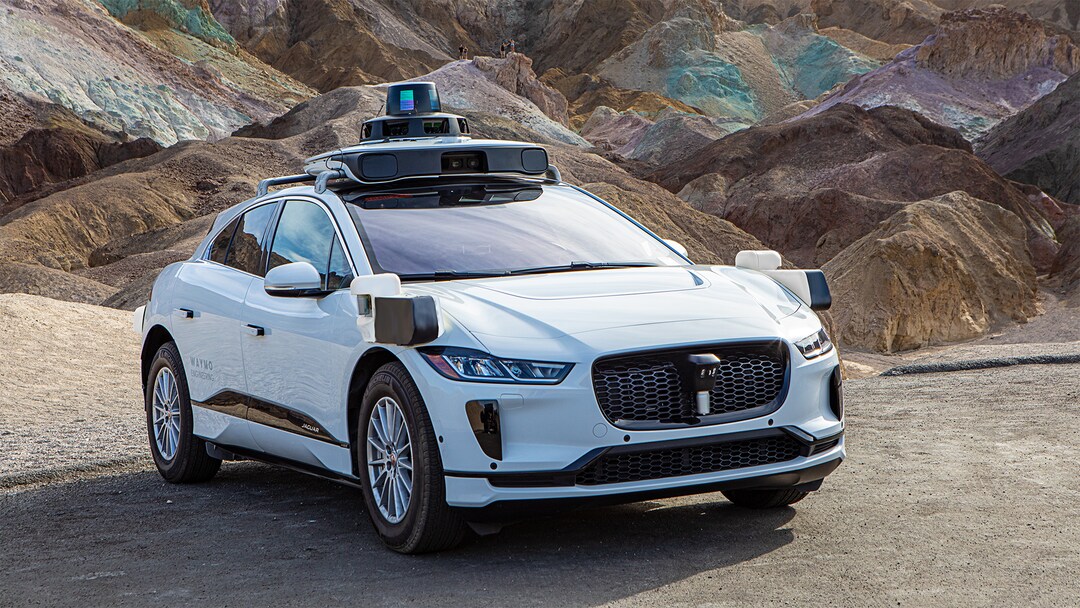The Science Behind Self-Driving Cars: How They Work
There’s something magnetic about the idea of a car that drives itself. It lives in the same space in our imagination as flying skateboards and talking robots—a symbol of a future long promised and now, slowly, emerging into reality. The concept of autonomous vehicles isn’t new. In fact, it has been part of science fiction for nearly a century. But today, it is no longer confined to pages or screens. It is real. Cars, once mere tools of transportation, are now becoming intelligent machines capable of making decisions, interpreting their surroundings, and navigating complex environments—without a human hand on the wheel.
Behind this technological marvel lies a marriage of disciplines: robotics, computer vision, machine learning, sensor fusion, control theory, and more. Understanding how self-driving cars work means diving into a stunning symphony of science, where mathematics becomes motion and algorithms become awareness.
So let’s open the hood—not of the engine, but of the mind of a self-driving car—and discover how it thinks, sees, moves, and learns.
Seeing the World Without Eyes
A human driver sees the world through eyes and interprets it with a brain. A self-driving car must do the same—but it does so with cameras, radar, lidar, GPS, and ultrasonic sensors, all stitched together to form a sensory suite far more extensive than anything a person can manage alone.
Cameras are the most direct analog to human vision. Mounted all around the vehicle, they provide color images that capture lane markings, traffic lights, pedestrians, cyclists, and road signs. High-definition and sometimes stereo, these cameras help the vehicle interpret subtle visual cues—like whether a pedestrian is about to cross or whether a turn signal is blinking.
Radar (Radio Detection and Ranging) adds another dimension. Unlike cameras, radar can see through fog, rain, and darkness. It measures the speed and distance of surrounding objects by bouncing radio waves off them and analyzing the return signal. This makes radar especially useful for detecting fast-moving vehicles, such as those approaching in adjacent lanes or braking suddenly in front.
Then comes lidar (Light Detection and Ranging)—often hailed as the crown jewel of autonomous sensing. Lidar fires millions of laser pulses per second in every direction, creating a 3D point cloud map of the surroundings with centimeter-level accuracy. It doesn’t just see shapes; it reconstructs space in full depth, from the curve of a curb to the silhouette of a child playing near the road. Its ability to precisely measure distance makes it ideal for understanding the vehicle’s environment in a spatially accurate way.
Ultrasonic sensors fill in the gaps. Used primarily for close-range detection, they’re the reason self-driving cars can park themselves or detect a shopping cart rolling by in a parking lot. GPS provides global positioning, triangulating satellite data to tell the car where it is in the world—often accurate within a meter, but not perfect, especially in urban canyons or tunnels.
But sensing is only the first step. Seeing the world is not the same as understanding it.
From Raw Data to Meaning
All the sensors on a self-driving car generate a blizzard of data—terabytes per day in some prototypes. But raw data isn’t useful unless it’s turned into knowledge. That’s where perception systems come in.
Perception is the process by which the car interprets what its sensors are telling it. This involves computer vision, machine learning, and deep neural networks trained on millions of labeled examples. When a camera sees an image, the car must identify and classify objects within it: Is that shape a pedestrian? A fire hydrant? A cyclist or a mailbox?
This task is handled by convolutional neural networks (CNNs), a class of artificial intelligence systems modeled after the human visual cortex. These networks are trained on massive datasets—images labeled with what’s in them, from stop signs to squirrels—and they learn to detect features, patterns, and eventually, identities.
But the car doesn’t rely on a single sensor. It fuses data from multiple sources to get a clearer picture. If the camera sees something but the lidar does not, is it a visual artifact or a real object? If radar detects a moving object but the camera sees nothing, is it obscured by fog or something else?
Sensor fusion is the science of synthesizing these inputs into a coherent whole. It uses probabilistic models like Kalman filters or particle filters, statistical methods that estimate the most likely state of the world given uncertain measurements. Imagine trying to determine a person’s location from a shaky GPS signal, a blurry photo, and a description from someone with bad eyesight. You’d need to weigh each input’s reliability. That’s what sensor fusion does, constantly, dozens of times per second.
This fused understanding allows the car to build a semantic map—a labeled, layered view of the world that identifies not just objects, but also what they are doing and where they might go next.
Predicting the Unpredictable
Once the car knows what’s around it, the next challenge is to figure out what’s going to happen next.
Prediction is one of the hardest problems in autonomy. People are unpredictable. Pedestrians can dart into traffic. Cyclists can weave. Other drivers can make impulsive, illegal turns. A self-driving car must constantly anticipate these behaviors—and prepare for the worst.
To do this, the car builds behavioral models of other actors on the road. It uses machine learning, combined with rules-based logic, to predict their likely trajectories. If a pedestrian is near a crosswalk and glancing toward the road, the car might infer an intention to cross. If a vehicle is braking and veering slightly right, it might be preparing to park.
Modern autonomous systems use recurrent neural networks (RNNs) or newer architectures like transformers to track the motion of each object over time and predict its future path. These models learn from countless hours of driving data, observing how humans typically behave in thousands of scenarios.
But prediction isn’t perfect. That’s why self-driving cars operate on probabilistic forecasts. They consider multiple possible futures—like chess players imagining different moves ahead—and assign probabilities to each. This helps the car plan conservatively, avoiding overconfidence in a single outcome.
And once it has these predictions, the car has to decide what to do.
Thinking in Real Time
Decision-making is where perception meets purpose. Given everything it knows and everything it expects to happen, the car must choose the safest and most efficient action: Should it brake, accelerate, change lanes, stop, or wait?
This is the realm of path planning and motion planning—two critical components that determine how the car moves through space and time.
Path planning focuses on choosing a trajectory that respects the rules of the road, avoids obstacles, and moves the car toward its destination. It considers the road geometry, traffic laws, and map data. Motion planning then takes that path and turns it into actionable control commands—like throttle, brake, and steering inputs—executed in real time.
These decisions must happen at lightning speed, with constant re-evaluation as new data comes in. The car re-plans its path dozens of times per second. It’s like solving a massive, dynamic optimization problem, with constraints and variables that change with every millisecond.
A large part of this process involves cost functions—mathematical expressions that quantify how good or bad an action is. The planner might assign costs for being too close to another vehicle, for deviating from the center of a lane, or for making abrupt turns. The best path is the one with the lowest total cost—a balance of safety, comfort, legality, and efficiency.
All of this decision-making happens inside an autonomous stack—a layered software system with tightly integrated modules for perception, prediction, planning, and control.
Maps with a Memory
Self-driving cars don’t just rely on real-time sensors. They also use high-definition maps—far more detailed than what’s found in your phone’s GPS. These maps are pre-built with centimeter-level accuracy, including data about lane boundaries, speed limits, crosswalks, traffic signs, and even curb heights.
Unlike traditional maps, HD maps include semantic and topological data. They tell the car not just where the road is, but what kind of road it is, where the lanes split or merge, and where the stop signs are located—even if they’re temporarily obscured by a truck or fog.
These maps help anchor the car in space using localization algorithms, which match real-time sensor data to the map and figure out the car’s precise position. Techniques like simultaneous localization and mapping (SLAM) are used, and modern methods often combine vision-based odometry with GPS and inertial measurements for redundancy.
HD maps are updated regularly, especially in cities where construction, road closures, and signage change frequently. Some companies even use crowdsourced data from fleets of vehicles to detect and upload changes in real time.
A Brain Inside the Machine
At the heart of every self-driving car is a powerful onboard computer—often called the autonomous driving system (ADS). This brain integrates all subsystems and ensures everything works in concert. It must process vast amounts of data, run AI models in real time, communicate with the cloud, and maintain strict safety protocols.
Modern systems use GPUs (graphics processing units) and TPUs (tensor processing units) optimized for AI workloads. Some companies, like Tesla, even design custom chips to handle the specific demands of autonomy. These processors execute millions of calculations every second to keep the vehicle aware and responsive.
But this brain must also be redundant. If one system fails, others must take over. Autonomous vehicles often have fail-safe architectures, including backup computers, power supplies, and communication channels. Safety isn’t optional—it’s the foundation.
Learning Through Experience
No one learns to drive from a book alone. The same is true for self-driving cars. Their intelligence comes from data—collected, labeled, and learned from in a process that mimics human experience at machine scale.
This data comes from test fleets, which collect sensor inputs from real-world driving in all conditions: day and night, sun and rain, cities and highways. These inputs are stored, annotated, and used to train machine learning models to recognize patterns, understand behavior, and improve decision-making.
Simulation also plays a key role. Virtual environments allow companies to test billions of miles of scenarios that would be rare or dangerous to recreate on the road. Want to see how a car handles a child running after a ball? Simulate it. How about a vehicle swerving into your lane during a blizzard? Done. Simulation is faster, safer, and infinitely repeatable.
The models improve iteratively through reinforcement learning and supervised learning. In reinforcement learning, the system learns by trial and error—rewarding actions that lead to good outcomes and punishing those that lead to collisions or delays. In supervised learning, it learns from labeled data—what a human driver would have done in the same situation.
This combination—real-world data and synthetic environments—allows self-driving cars to learn faster than any human ever could. But it still takes time. And billions of miles.
The Road Ahead
Despite the dazzling progress, self-driving cars are still not perfect. They struggle with rare events—known as edge cases—like a person in a chicken costume crossing the highway, or an unexpected sinkhole. They require careful calibration to different regions, climates, and driving cultures.
Regulatory approval remains a patchwork of local laws, public acceptance is cautious, and ethical dilemmas—like how to prioritize safety in crash scenarios—remain unresolved.
Yet, with each mile driven, each model trained, and each test conducted, the dream inches closer to reality. Already, robo-taxis are operating in cities like Phoenix and San Francisco. Trucks are hauling freight autonomously across states. Parking and lane-keeping features are becoming mainstream.
The ultimate vision—a world where traffic accidents plummet, commutes become productive, and mobility is democratized—is still alive. But it will be built not on fantasy, but on science.






